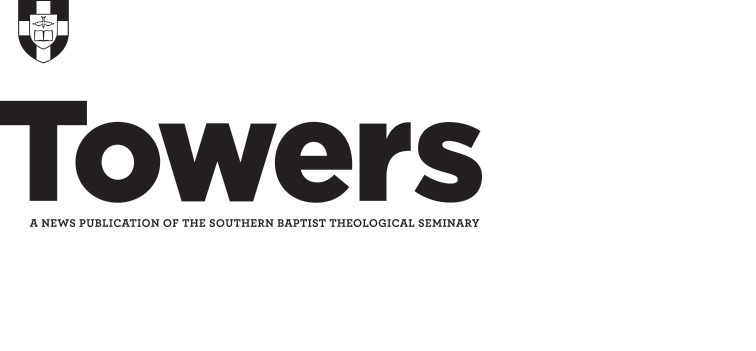A.T. Robertson’s magnum opus, A Grammar of the Greek New Testament in the Light of Historical Research, first appeared in print in 1914. His comprehensive scholarship revolutionized the study of the New Testament, and his work belongs among the greatest ever produced by Southern Seminary faculty.
To grasp the greatness of A.T. Robertson, we must understand his scholarship in its historical context. There are really only three advanced grammars of New Testament and Hellenistic Greek in the 20th century that may be considered great: Blass-Debrunner, Moulton-Howard-Turner, and Robertson.
Blass died in 1907 and Debrunner produced the fourth edition of Friedrich Blass’ Grammatik des neutestamentlichen Griechisch in 1913. The ninth/tenth edition was translated into English by Robert W. Funk and appeared as A Greek Grammar of the New Testament and Other Early Christian Literature in 1961. This grammar can be characterized by two statements: First, the book assumes you know classical Greek very well and is designed to help you adjust that knowledge to the Koine Greek of the Hellenistic Period, and in particular, to the New Testament. This is like moving from the Queen’s English to that of Redneck County, Kentucky. Second, the authors are extremely terse in all descriptions and discussions, making it the shortest of the three grammars. It provides no basic definitions of morphology, phonology, or syntax, since the reader is expected to come to this tool with a sound knowledge of classical Greek. The authors make a mistake in linguistic analysis and description by considering the language of the New Testament less than ideal, just as well-spoken people look down on the language of rednecks.
The grammar by Moulton entails four volumes and three authors. James Hope Moulton wrote a brilliant Prolegomena published in 1906. In 1929, Wilbert Francis Howard dealt with morphology in the second volume, Accidence and Word Formation. Howard died in 1952 before he could start the third volume. The project passed to H. G. Meecham who died in 1955. Nigel Turner said “he broke the spell” and lived to produce the third and fourth volumes, Syntax and Style. Turner’s approach to syntax is oriented toward the fact that the authors of the New Testament were speakers of Hebrew writing in Greek and deeply influenced by the Septuagint. To account for the influence of the Septuagint upon the Greek of the New Testament was an improvement over Blass-Debrunner, but not all differences from classical Greek in the New Testament can be called semiticisms, or influence from Hebrew. Many so-called examples of “semitic influence” can be paralleled in the papyri — evidence of everyday Greek spoken all across the Roman Empire by people whose background was not semitic.
It is in this context that we have A Grammar of the Greek New Testament in the Light of Historical Research by A.T. Robertson in 1914, augmented and revised to a fourth edition by 1923. Robertson based his research primarily on the papyri and especially the massive research by Adolf Deissmann. Robertson was on the very crest of the latest research. The papyri, coming to light largely 10 to 20 years earlier, represented documents of everyday life of ordinary people and put the Greek of the New Testament in relation to the contemporary speech rather than to classical Greek. Another important feature is Robertson’s verboseness, providing the reader with almost a paragraph on any problem on any verse of the New Testament. Since the grammar is well-indexed, this makes it a very useful tool for exegesis. As a young pastor, when I was exegeting a passage, I would search systematically through the Scripture index and look up all his comments on all the verses I was studying. In addition to that, I highly recommend reading the New Testament with Robertson’s Word Pictures as a guide.
Although developments in linguistics, the modern science of language, and the impact of linguistics upon the study of Greek have impacted our understanding in the 80 years since Robertson’s death, his grammar is still one of the most useful advanced grammars available.




